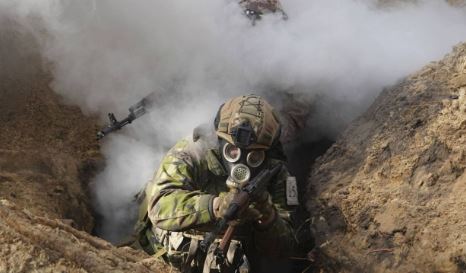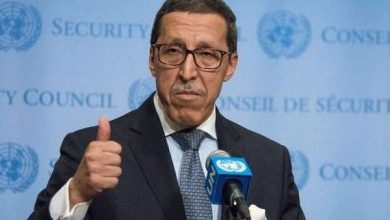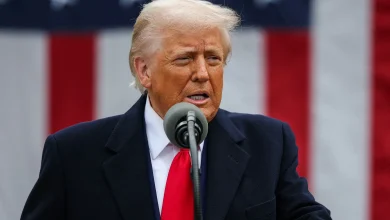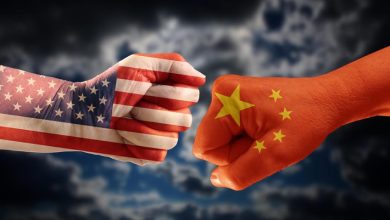Gas War: The Real Russo-Ukrainian Conflict

HIBAPRESS-RABAT- From “outer land”
In 2004-2005, Ukraine consumed about 80 billion cubic meters of gas per year, of which 20 billion were produced domestically, 36 billion were purchased in Turkmenistan, 17 billion were received from Russia as payment for the transit of Russian gas to Europe, and another 6-7 billion were purchased in Russia.
(At the same time, 120 billion cubic meters of gas were transiting through Ukrainian territory annually. Ukraine depends on Russia for the transport of Turkmen gas, because Turkmenistan has no other route bypassing Russian territory; Russia depends on Ukraine for the transit of its gas to Europe. There are also three other routes: Blue Stream, currently underexploited, which passes through Turkey (currently 5 billion cubic meters out of a capacity of 16 billion currently intended for the Turkish market); Yamal-Europe which passes through Belarus (30 billion cubic meters); North Stream, under the Baltic, in project.
This dual dependency had allowed Ukraine to obtain a preferential rate of 50 dollars per 1,000 m3 for Russian gas in exchange for transit at advantageous rates, but also preferential rates from Turkmenistan via Gazprom in a monopoly position for the transport of Turkmen gas. The Russian-Ukrainian intergovernmental agreement of 4 October 2001 guaranteed in principle the use by kyiv of the Gazprom gas pipeline to transport Turkmen gas.
The agreement, however, provided that the details would be reviewed by…. Russia could not therefore deprive Ukraine of access to the Gazprom network, but it had succeeded in doing so by acquiring from Turkmenistan annual quantities of gas corresponding to the entire capacity of the Central Asia-Central pipeline. Ukraine found itself in the paradoxical situation where it could contractually purchase gas from Turkmenistan (Ukraino-Turkmen agreement) without the Gazprom pipeline having the capacity to transport it. It therefore had to obtain this Turkmen gas from the intermediary controlled by Gazprom.
Another Russian-Ukrainian dispute was over the volume of “technical withdrawals” of Russian gas by the Ukrainian side to supply the compressor stations of Ukrainian gas pipelines. Ukraine insisted on 15%, while Gazprom claimed that 4% was enough for the transportation of Russian gas, and Moscow accused kyiv of taking advantage of its position.
The same goes for the storage of Russian gas in Ukrainian reservoirs. The Ukrainian side considered that the tariffs applied were lower than those in Western Europe; the Russian side suggested that part of its stored gas was taken by Ukraine for its needs and was not paid for. Another dispute concerns re-export. In the years preceding the “gas war”, Ukraine had recorded an annual surplus of several billion cubic meters that it re-exported to Romania at the “Western European” price of $265 per 1,000 m3. Moreover, the country had been periodically accused in the 1990s of “siphoning off” gas and re-exporting it.





